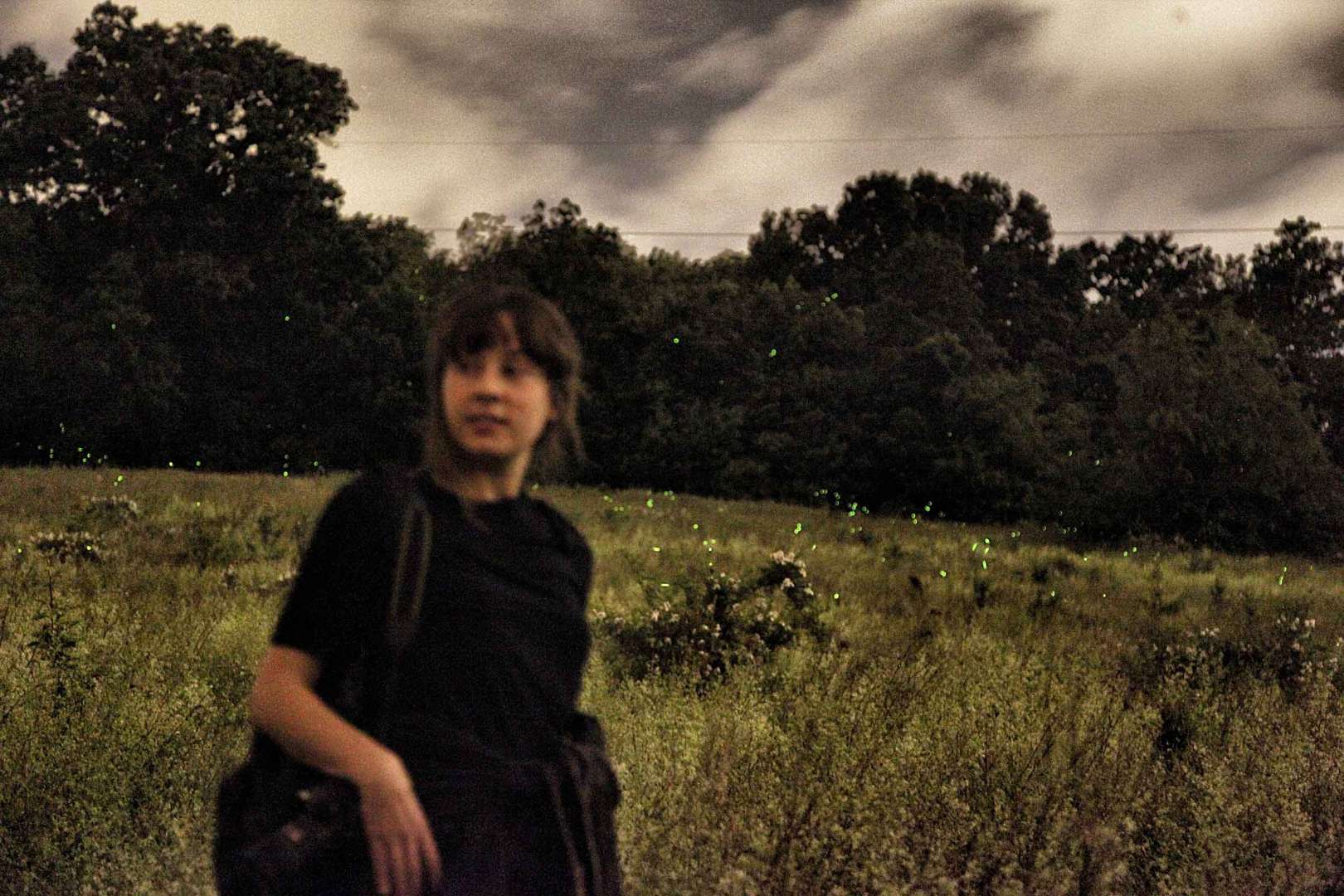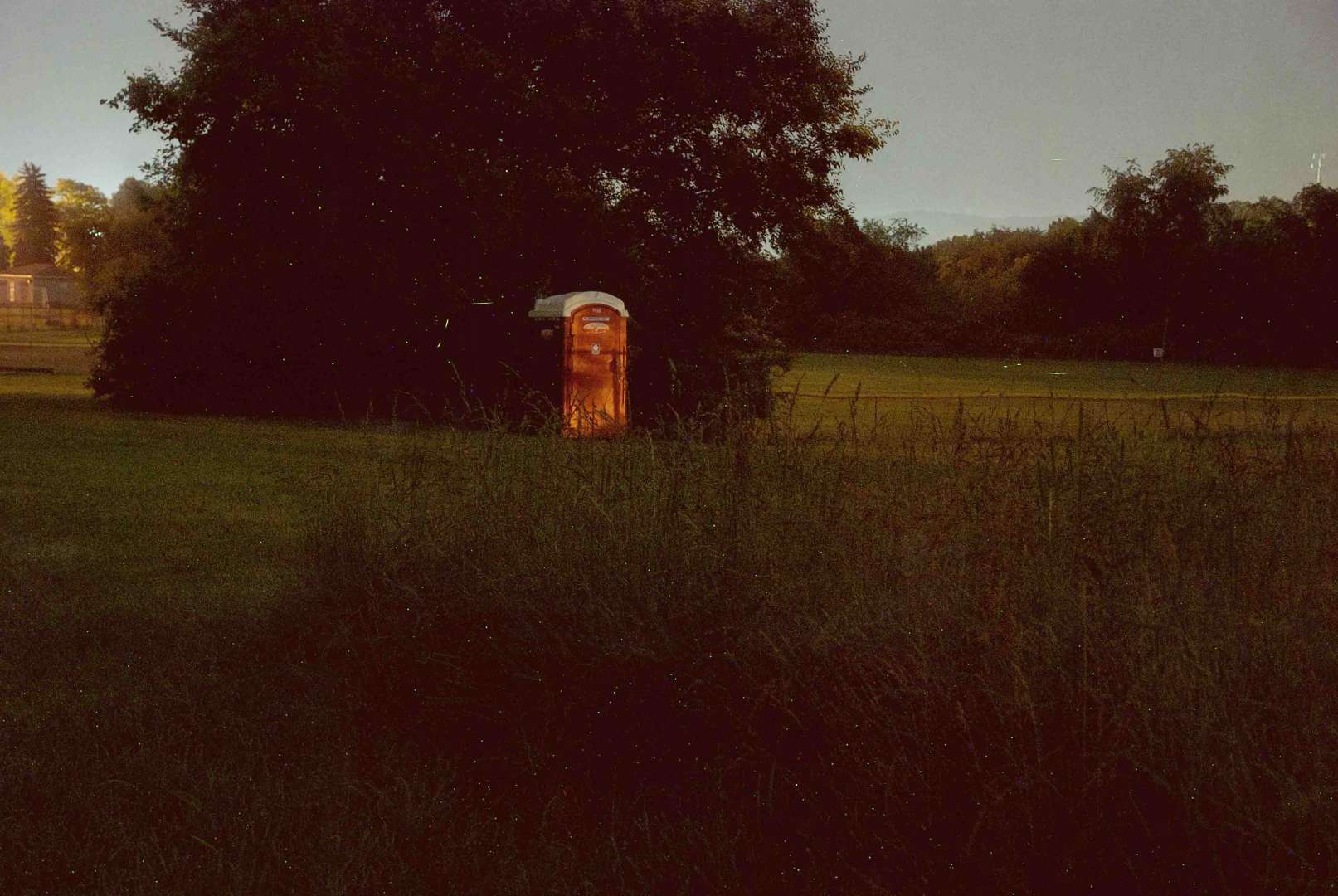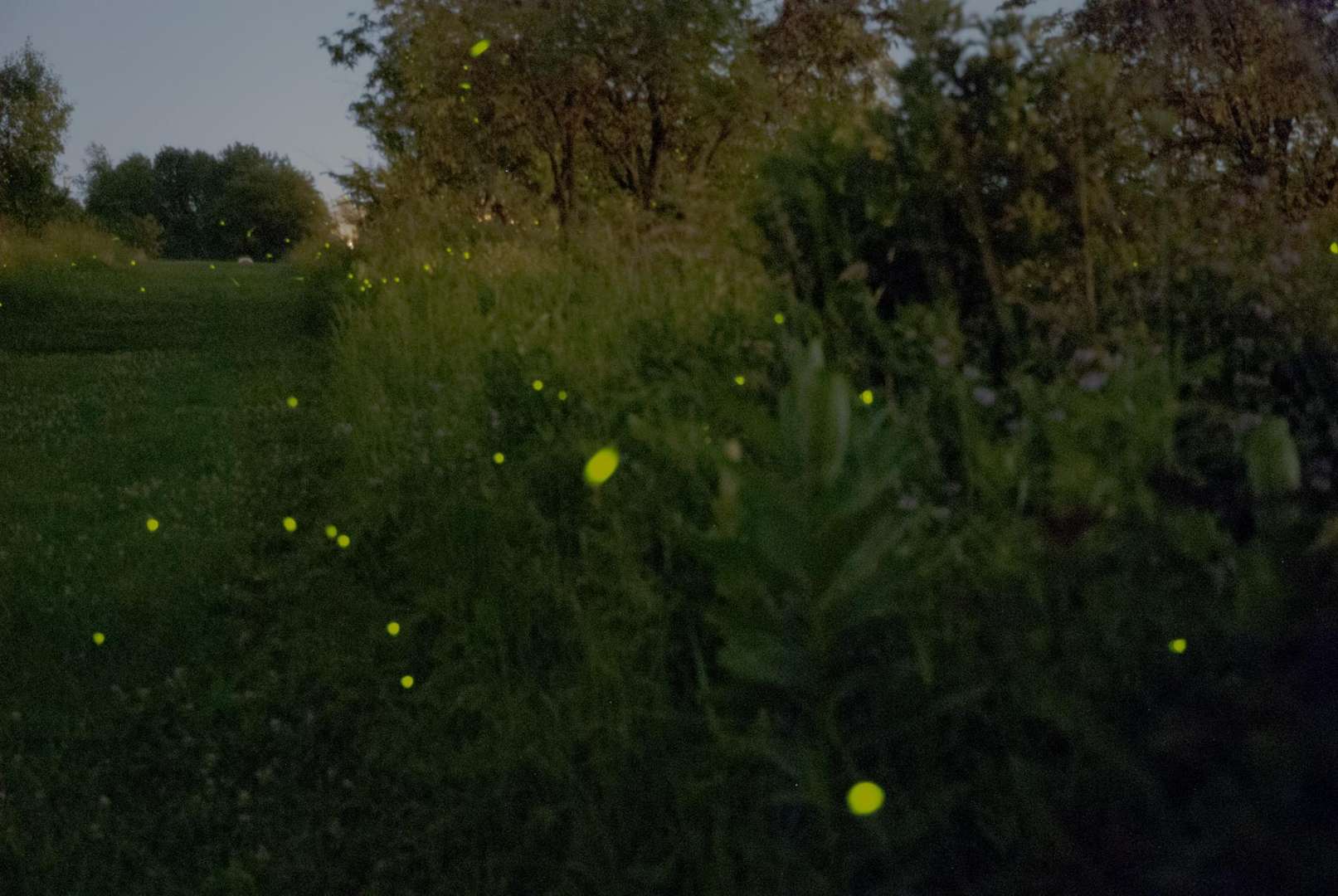Few light shows on earth are as spectacular as when fireflies get together in a glorious gala of flitting and flashing abdomens. Of course, we can thank mother nature and the drive to procreate for these bug festivals. While humans rely on the presence of pheromones and nuance of psychology to attract mates, fireflies rely on a bioluminescent sign language that scientists have yet to fully understand.
Crowds will be gathering this year in Great Smoky Mountain National Park to await something that’s considered ‘once-in-a-lifetime’. Countless lightening bugs will converge among the thick and enchanting forest-scape of the famed park that spans across Eastern Tennessee, and parts of North Carolina and Georgia. Scientists are predicting a spectacular firefly light show there, beginning of June.
Growing up in rural Pennsylvania, the vast majority of my childhood summers were spent frolicking outdoors from dawn until midnight, alone or in the company of neighborhood kids. I am thankful that my parents were “non-helicoptering” and also for the fact it was an area with little crime. Children were expected, and, indeed told to play outside. Usually, come mid-June, the lightening bugs would make their annual appearance in a festival-like fashion. Swarms of the little buggers would stick around into July – as the season for them lasts a few weeks at most.

With a glass mason jar in hand, one of the easiest DIY kid projects is creating the all-natural lantern. Simple yet effective in capturing the imagination, I would stand in the yard waiting for one of the bugs to illuminate. Chasing its pretty green bum before carefully cupping into both hands and drop the tiny, delicate body into the jar.
By the end of the night, I had collected dozens. But the experience was always a temporary and ephemeral one, of course; as much as I wanted to keep them forever, I knew better and opened the lid each night – letting them go free as they had been before our paths crossed. A free and natural entertainment that greatly contributed to a penchant for living in the present moment; the bugs had sacrificed a period of their short lives (that lasts two weeks) enhancing my life and creating memories in the process.
If only everyone could experience the joys of the firefly. Populations were abundant back then and we could almost depend on seeing them each and every summer. But then, their numbers went into decline due to pesticide application, residential construction and other reasons. Concerned citizens and the scientific community created sites like Firefly Watch calling on conscientious members of the community to observe the regional habitat and report sightings. Valuable banks of data and reports on volume and frequency of the fireflies were tracked.

Nevertheless, fireflies can be a fickle bunch and the organizers of the Great Smokey Mountain firefly show cannot guarantee that you’ll seeing out of the ordinary, beyond what is considered normal. Event planning for this segment of insectile society is pretty much out of the question; you can’t force this to happen. Scientist make predictions of when they think the bugs will appear en masse in a given timeframe based on favorable indicators. Environmental factors like lower temperatures, level of rainfall and the amount of moisture in the soil.
I was fortunate enough to experience an en masse gathering of fireflies first hand back in the summer of 2013 – during a rather cool and wet period. One evening in the middle of May, I was outside of my apartment when a lone firefly caught my eye. I remember thinking that it was odd to see one so anachronistically early and out of season. I captured it and went inside to study it closer. It had an unusual look, pincher-like jaws and was larger than your average firefly.
After doing some research online, I learned that there are about 2000 species of fireflies. The one I had was from another genus called Photuris, whose nickname is the “femme fatale” and are cannibals in disguise; they irresistibly flash their backends in an attempt to attract males from the common P. carolinus group (that most of us are familiar with). In a predatory maneuver known as “hawking”, when the P. carolinus males gets close thinking he’s scored a hot date for the night, he is eaten – it’s a twisted Valentine’s day dinner story gone awry.
But the femme fatale that I had just stumbled upon was significant since their presence can signify an imminent mass gathering somewhere nearby of the Photuris species. The only trouble is you don’t know when nor exactly where to look.
A week later I was sitting on the sofa watching some television when the phone rang around 10 pm. My roommate picked up the phone, and I overhead him say … “What? Really? Wow, that sounds incredible!” When I asked what it was, he told me that a friend just drove through a humongous conglomeration of fireflies. Being an amateur naturalist, I didn’t waste a before grabbing my keys and heading out the front door.
I found the location and parked the car next to an old creaky barn. It was only when I shut off the headlights, and after my eyes adjusted, that I could see a green glowing glimmer. It was a very dark night and I was the only person there – a back country road bisected by two large fields. There were tens of thousands, maybe even millions of fireflies dancing in the air before me. A bioluminescent bridge crossed over the gap between the fields that the road created, like something out of the movie Avatar.
It was at once, a dazzling display, beautiful sight and mythical moment. Mesmerized until two in the morning, I left only when the lights started to wane. I had never seen so many at once. I consider one of the highlights of my life, to this day.

I went back to the same location the following next two days, but the display wasn’t as good and, comparatively, the numbers had dwindled. Pleased to have caught a glimpse of something unique, I still had to make peace with the fact I didn’t have better photography equipment on hand.
Definitely take the chance to see this rare phenomena, especially if you are one of the lucky few selected for a permit to the Smokey Mountains this June. Because it’s so hard to predict, your best bet is indeed to go along with the prediction of the experts. But with a bit of luck and by happenstance, you might find your own private firefly show somewhere –as happened to me. So get your cameras ready to document this wondrous moment just in case, and then share it with the rest of us.



